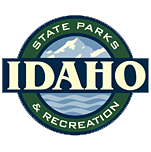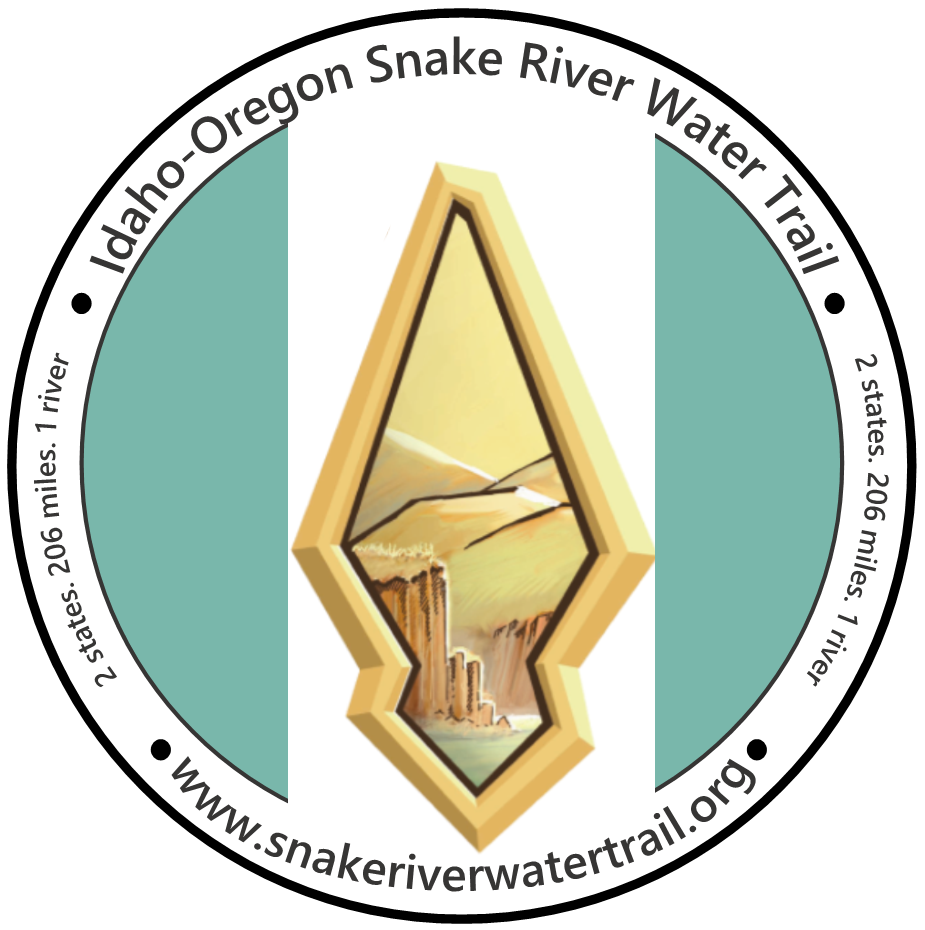2 States. 1 River. 206 Miles.
The 206 mile water trail along the Snake River in Southwest Idaho and Eastern Oregon was created to serve the communities along its banks, and in its watershed. It provides opportunities for people to explore, respect and enjoy our region’s natural and cultural heritage. A water trail is a water route that provides recreational and educational opportunities for motorized and non-motorized boaters and commercial opportunities for river communities. Parks, historical sites, trails, towns, counties, recreational retailers, museums, tourism-based organizations, educational agencies, community members and recreationists from Glenn’s Ferry to Farewell Bend are all integral parts of our Water Trail.
What is a Water Trail?
Water trails are boat routes suitable for canoes, rafts and kayaks as well as recreational motorized watercraft. Like pedestrian, equestrian and bicycle trails, water trails are corridors connecting recreational destinations. Water trail amenities include river access sites, boat launches, day-use and fishing areas, and campsites. In addition to recreation, water trails provide venues for educational experiences about the natural and cultural history, economic development, and community of the regions they traverse.
Water trails vary from short shoreline routes to loops around lakes and lagoons. They may stretch hundreds of river miles across multiple states, or they may follow ocean coastlines and connect with maritime ports and coastal islands. Regardless of length or configuration, water trails are valuable assets to cities and counties, providing recreational, educational and economic opportunities for locals and visitors alike. Water trails help people discover new perspectives about their watersheds and communities, building sense of place and raising awareness of watershed stewardship. Thriving water trails serve as economic engines for the communities they connect, connecting recreational visitors to opportunities for locally-driven tourism.



